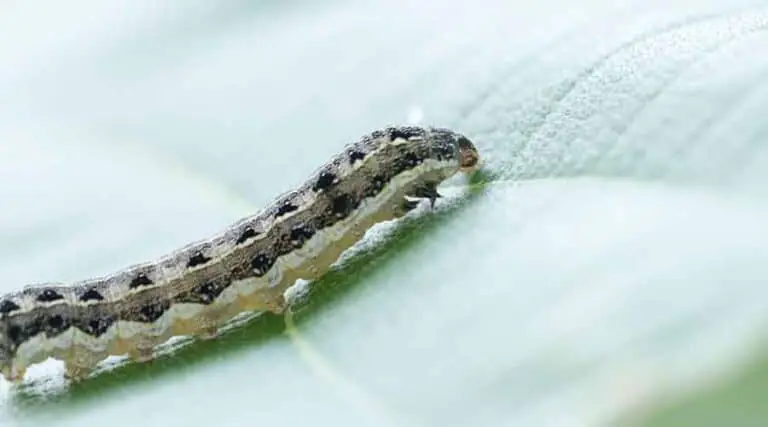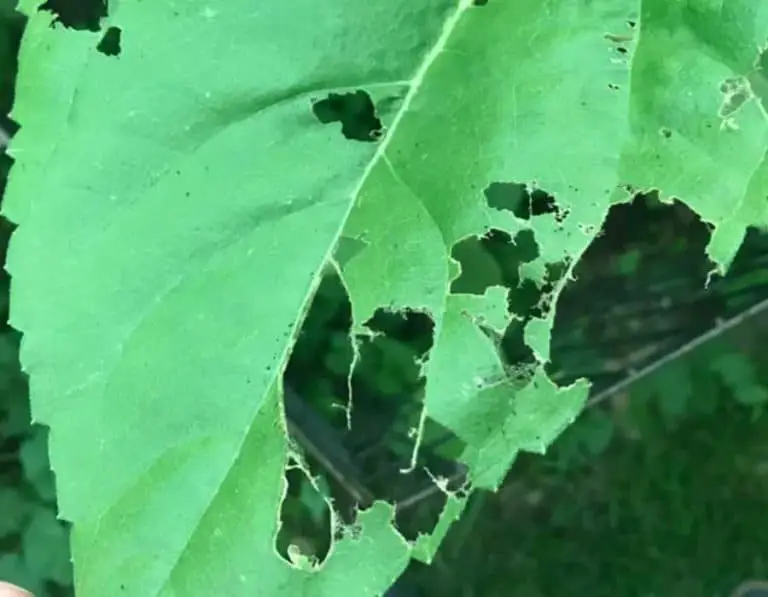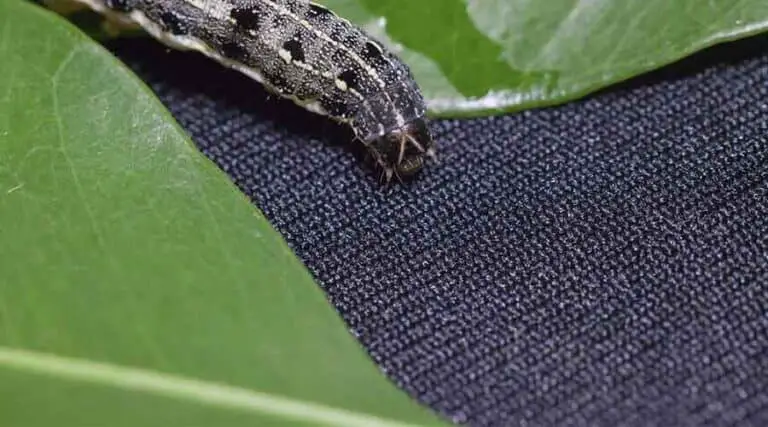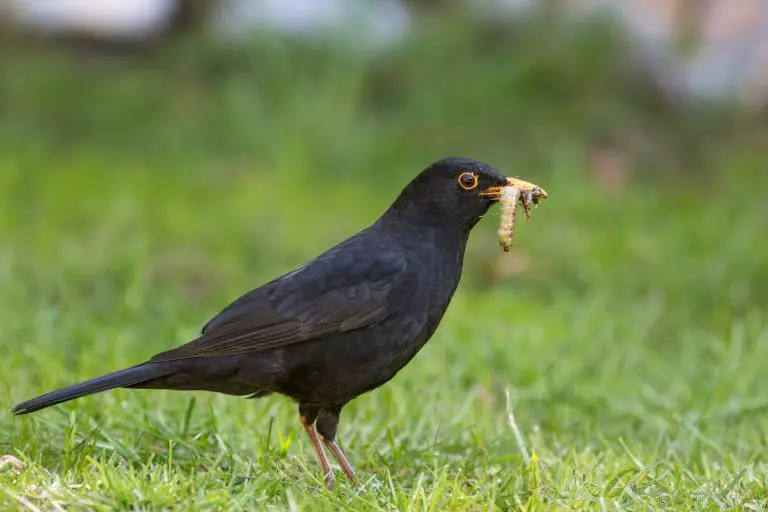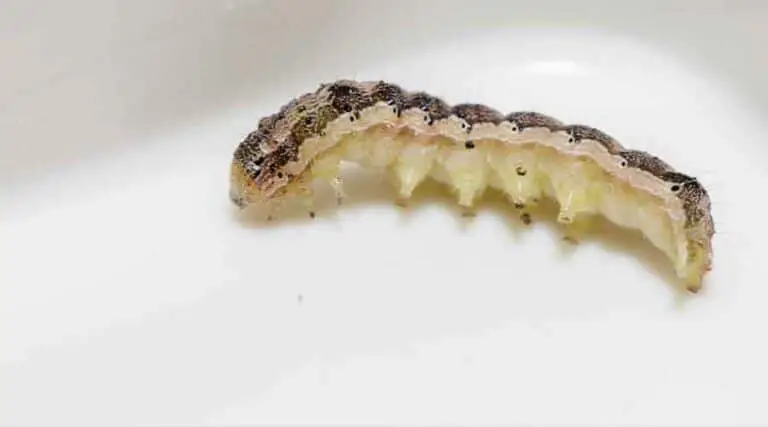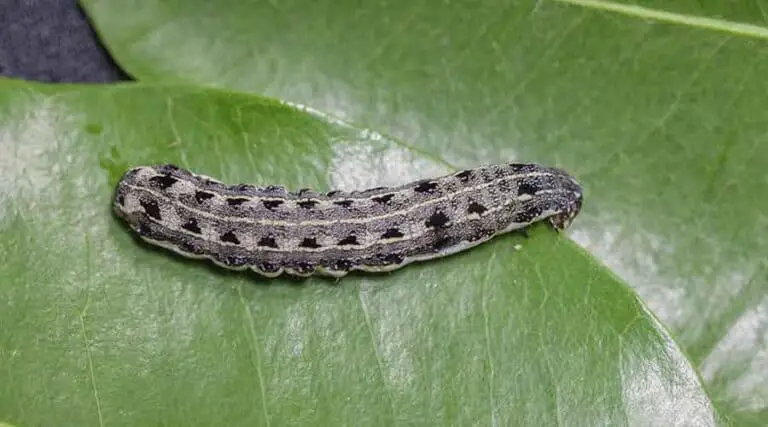Do Cutworms Eat Milkweed: Uncovering the Facts
Cutworms are a group of moth larvae that can cause considerable damage to plants, as they feed on the foliage, stems, and roots of various plant species. One might wonder if these pests also target milkweed, a plant known for its association with the iconic monarch butterfly. In this regard, understanding the relationship between cutworms and milkweed can help gardeners and farmers make informed decisions regarding pest control.
While some cutworms may indeed feed on milkweed, it has been observed that they are more attracted to the foliage of other crop plants in the spring Pest insects of annual crop plants in Canada. Milkweed plants do have a role to play in pest control as they are the habitat for several beneficial insects, one of them being the monarch butterfly. Monarch caterpillars exclusively feed on milkweed leaves, making them a natural predator of pests such as aphids that also feed on milkweed.
In conclusion, while there is evidence that cutworms can feed on milkweed, they primarily target other plants and crops. This means that milkweed is not a primary target for cutworms but may still serve as a valuable resource to support biological control agents and the health of the overall ecosystem.
What Are Cutworms
Cutworms are the larval stage of various species of moths belonging to the Noctuidae family. They are notorious agricultural pests known for damaging a wide range of plants, particularly young seedlings, by chewing through stems at or near ground level, causing the plant to topple over.
Life Cycle
The life cycle of cutworms consists of four stages: eggs, larvae, pupae, and adults. The adult moths lay their eggs on plants or in the soil, which hatch into larvae, also known as cutworms. The larvae feed on plant stems, leaves, and roots, causing significant damage. After reaching maturity, cutworms enter the pupal stage and develop into adult moths, completing the life cycle. This entire process takes several weeks to months, depending on the species and environmental conditions.
Types of Cutworms
There are several types of cutworms that can be found across different regions, including:
- Black Cutworms (Agrotis ipsilon): One of the most common species, the black cutworm, can cause significant damage to corn, soybeans, and various other crops. The larval stage is characterized by a dark body with a lighter, greased appearance on the upper surface.
- Variegated Cutworms (Peridroma saucia): These cutworms are known to have a broad range of host plants and will feed on many different types of vegetation. The larvae have a distinctive appearance, with a series of yellow or white spots along their backs.
- Armyworms (Pseudaletia unipuncta): Armyworms are not true cutworms but are closely related. The larvae feed on leaves rather than stems, causing damage to various grasses and cereal crops. They get their name from their tendency to move in large groups, like a marching army.
While cutworms have been known to feed on a wide range of plant species, evidence suggests that their preference for milkweed plants may vary. Some species, like the White Cutworm, are reported to feed on milkweed, while others might not have a specific preference for it. Regardless of their feeding habits, managing these pests is crucial in protecting crop production and ensuring healthy plant growth.
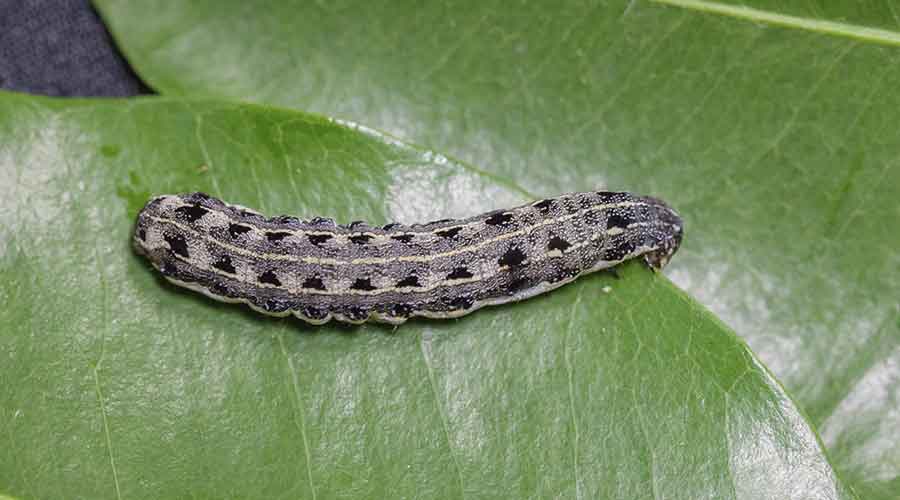
Milkweed and Its Importance
Milkweed is a group of plants from the genus Asclepias, native to North America. These plants play a significant role in the ecosystem, providing habitat and food for a variety of insects and pollinators, including monarch butterflies. In this section, we will explore the importance of milkweed in providing habitat for monarch butterflies and its benefits to the ecosystem.
Habitat for Monarch Butterflies
Monarch butterflies (Danaus plexippus) have a unique relationship with milkweed plants. During their larval stage, monarch caterpillars rely exclusively on milkweed plants for food. This feeding behavior is essential for their survival, as milkweed contains toxins that caterpillars ingest, providing them with a defense mechanism against predators. A study published by Springer highlights the critical role of milkweed in sustaining the monarch butterfly population.
An increase in milkweed plant density has been shown to improve the monarch butterfly’s breeding success. The loss of milkweed in many areas due to agriculture, urbanization, and other factors has led to a decline in the monarch butterfly population.
Benefits to the Ecosystem
Milkweed plants offer several ecological benefits, such as:
- Supporting pollinators: Milkweed flowers produce nectar that attracts pollinators like bees, butterflies, and hummingbirds. This process aids in the pollination of other plants in the area.
- Habitat for other insects: Milkweed plants also support the habitat and food source for many other insects, such as the milkweed bug and the milkweed beetle.
- Soil conservation: Milkweed plants have deep root systems that help stabilize soil and prevent erosion.
- Natural pest control: Milkweed attracts predatory insects that help control pests in gardens and agricultural fields.
In summary, milkweed plays a vital role in its ecosystem by providing habitat for numerous insects and pollinators, including the monarch butterfly. Its ecological benefits extend beyond supporting monarch butterflies, contributing to soil conservation, natural pest control, and overall biodiversity.
Do Cutworms Eat Milkweed
Cutworms, a group of moth larvae, are known to feed on a wide variety of plants. Among these, some species of cutworms have been observed to eat milkweed plants. One such species is the White Cutworm (Euxoa scandens Riley), which has been found to have a flight period closely corresponding with the blooming of milkweed (Asclepias syriaca) source.
Another cutworm species, the Black Cutworm (Agrotis ypsilon), has been subjected to experimental studies regarding its food plant preferences source. In these studies, it was noted that the larvae ate milkweed when provided with its leaves. Though not their primary preferred food source, milkweed is still consumed by Black Cutworms.
It is important to note the potential impact of cutworms on milkweed plants. Given the variety of plants consumed by cutworms, the potential effect of their presence should be taken into consideration in areas where milkweed growth is essential, such as butterfly or pollinator habitats.
In order to reduce cutworm damage to milkweed plants, some measures can be taken:
- Monitor the area for the presence of cutworm larvae and adult moths.
- Implement biological control methods, such as the release of natural predators or parasitic wasps.
- Remove weeds and other plant debris that could serve as hiding spots or alternative food sources for cutworms.
By taking these preventive measures, it is possible to minimize the impact of cutworms on milkweed plants and the ecosystems they support.
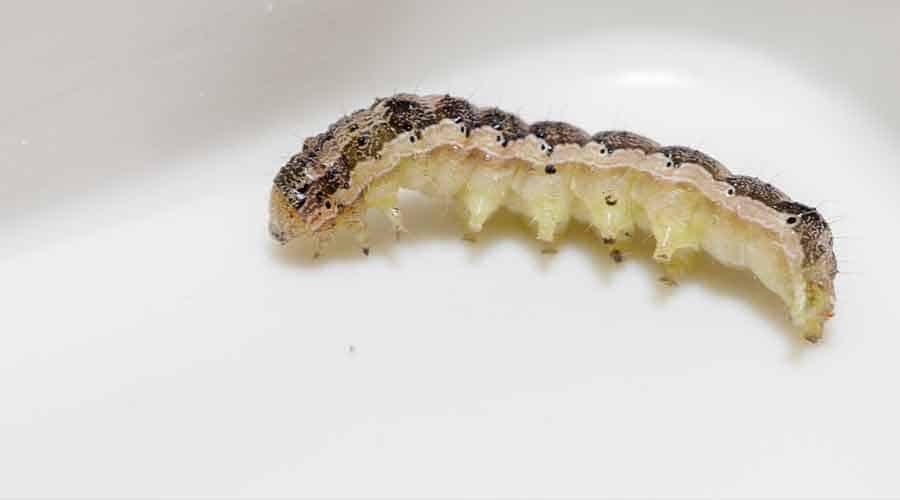
Preventing Cutworm Damage
Cultural Practices
Practicing good agricultural habits can help minimize cutworm damage. Some of these include:
- Rotating crops to reduce the buildup of cutworm populations in the soil
- Plowing or tilling the soil a few weeks before planting eliminates weeds and exposed cutworm pupae
- Removing plant debris and weeds from the field to reduce hiding and breeding spots for cutworms
- Planting later in the season when cutworm activity decreases
- Using collars or barriers around seedlings to physically prevent cutworms from reaching the stems
Biological Control
Introducing natural enemies of cutworms can also help control their populations. Some biological control options include:
- Predatory insects, like ground beetles and predatory bugs, that feed on cutworms
- Birds, such as starlings and blackbirds, that prey on cutworms
- Parasitic wasps and flies that lay their eggs on cutworm larvae, reducing their numbers
In addition, research on bird predation has shown that encouraging birds in the area by providing habitats and food sources can help control cutworm populations in cornfields.
Chemical Control
If cutworm damage is severe and cultural or biological controls are not effective, chemical control can be considered. Before using chemicals, monitor the field and only apply insecticides if cutworms are causing significant damage. Some points to consider:
- Granular soil insecticides can be applied at planting to reduce cutworm populations
- Bait formulations with insecticides can be scattered around affected plants
- Foliar insecticides can be applied to the plants, targeting cutworms feeding on the foliage
- Choose insecticides with minimal impact on non-target organisms, like beneficial insects and pollinators
Always follow the label instructions and consult local agricultural guidelines when using chemical controls to prevent cutworm damage in your crops.
Conclusion
Black cutworms, in general, are known to feed on a variety of plants. However, there isn’t a clear-cut answer to whether they specifically eat milkweed. One study did mention that cutworm larvae ate filter paper coated with latex derived from milkweed’s epidermis, but this does not necessarily mean they would eat the plant itself [source].
On the other hand, a related study showed that non-solanaceous plants like milkweed could be eaten by other insects such as the Colorado potato beetle larvae [source]. While not directly mentioning black cutworms, it suggests that milkweed might be a potential food source for a variety of insects. However, this evidence is not definitive enough to conclude that black cutworms eat milkweed specifically.
In terms of cutworms’ feeding habits, they are more likely to feed on multiple ground-dwelling plants [source]. Based on the available information, it would be reasonable to say that black cutworms might feed on milkweed, but more research is needed to confirm this.
Given these findings, it’s important to approach claims about black cutworms and their dietary habits with caution. It is more meaningful to focus on black cutworms’ general feeding behavior and their potential impact on different plants than to state definitively that they eat milkweed.

